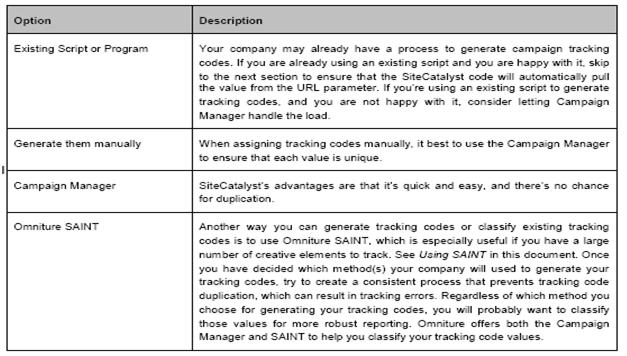All you Twitter Users got to do is;
- Plug a Username into SleepingTime.org main page.
- Sleeping Time determines the Twitter User’s timezone from his/her location.
- Sleeping Time looks at the times of day he or she is least likely to send out tweets.
- Then Sleeping Time figures the “must be” when the user sleeps. If there’s consistently a big block of dead air.
- Sleeping Time also estimates how much sleep he or she is getting.
All you have to do is plug a username into SleepingTime.org main page. It determines the user’s timezone from his or her location and looks at the times of day he or she is least likely to send out tweets. If there’s consistently a big block of dead air, it figures that must be when that user sleeps. It even estimates how much sleep he or she is getting.
So Run your own Username to see what the results will look like: Mine is below;
[caption id="attachment_262" align="alignleft" width="600" caption="When does twitter User sleep?"]
 [/caption]
[/caption]The above content taken from a site, to update the above information to my viewers


